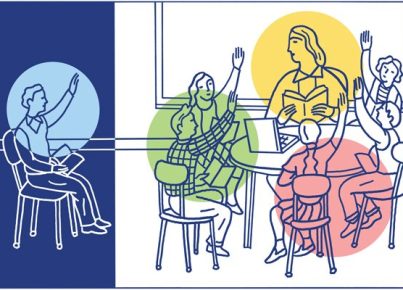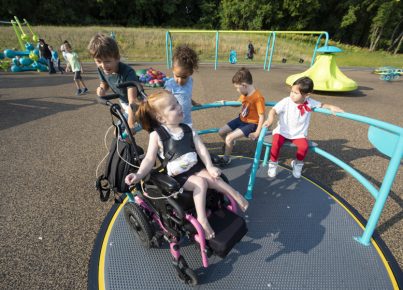Introduction
Being inclusive and promoting awareness of disability in schools is crucial for fostering an environment where all students can thrive and succeed. Raising disability awareness can help reduce prejudices, promote understanding, and create an inclusive learning environment that embraces diversity. This article discusses the importance of teaching disability awareness in schools and provides suggestions for incorporating it into curriculums effectively.
The Importance of Raising Disability Awareness in Schools
1. Fostering Empathy and Understanding: By teaching students about different types of disabilities, schools can develop a culture of empathy where students appreciate the strengths and challenges faced by each individual. Empathy creates a more understanding environment, helping to reduce bullying and discrimination.
2. Breaking Stereotypes: People with disabilities often face stereotypes that limit their opportunities for success. Educating students about disability challenges and achievements helps break these stereotypes and empowers individuals with disabilities.
3. Promoting Inclusion: As children learn about disabilities, they gain skills to include their peers in activities, both inside and outside the classroom. Inclusive practices benefit everyone by fostering diverse perspectives and a sense of community.
Strategies for Raising Disability Awareness in Schools
1. Curriculum Integration: Incorporate lessons on disability awareness into existing subjects such as social studies, history, or language arts. For example, include books featuring characters with disabilities in reading lists or analyze the accomplishments of historical figures with disabilities.
2. Guest Speakers and Workshops: Invite individuals with disabilities or disability advocates to speak at school assemblies or conduct workshops on accessibility, assistive technology, or inclusion strategies.
3. Accessibility Audits: Encourage students to examine their school for barriers that prevent full participation by individuals with disabilities. Students can then propose recommendations for improvements to the school administration.
4. Adaptive Sports Programs: Introduce adaptive sports programs in physical education classes to allow everyone to participate equally in sporting activities. This helps develop an understanding of how individuals with disabilities can excel athletically.
5. Disability Awareness Month: Designate a specific month or week each year to promote disability awareness, engaging in various educational activities and events to create more understanding and inclusiveness within the school.
6. Classroom Projects: Encourage students to explore the lived experiences of individuals with disabilities through research projects or creative assignments. This can include creating art that represents disability, writing poetry or essays, or producing a short documentary.
In Conclusion
Raising disability awareness in schools is essential for creating inclusive, safe, and empathetic environments where all students can succeed. By integrating these strategies into their curriculums, schools can eliminate the stereotypes surrounding disability and help all students appreciate diversity as a strength.





